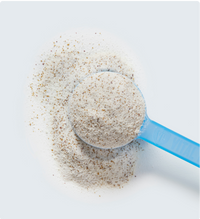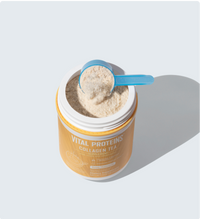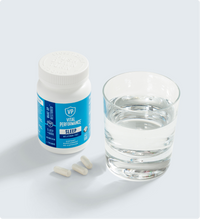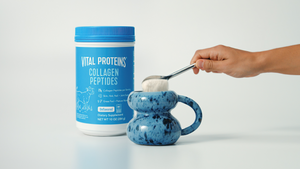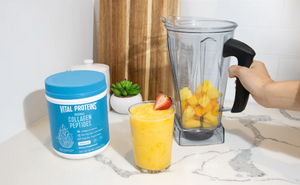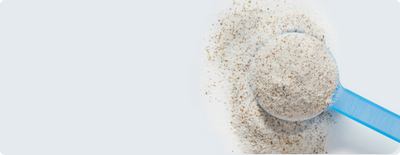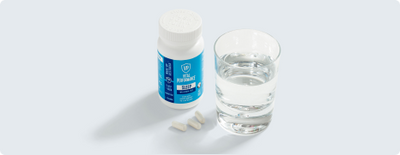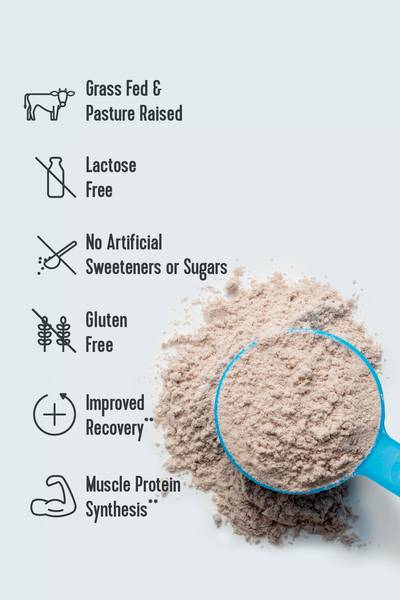Here’s something that probably hasn’t crossed your mind: glute imbalance. According to research, your gluteal muscles (your butt) can have uneven activation, which can cause a strength and size discrepancy between either side. This can, of course, lead to cosmetic concerns, but it can also increase risk for injury and cause your body to move in non-functional patterns.
Why Are The Glutes Important?
Your gluteal muscles, often called the glutes (or butt), are made up of three muscles: the gluteus medius, gluteus maximus and gluteus minimus. Research shows that the gluteus maximus is important for activities of daily living, explosive movements, and the stability of many joints in the body.
In addition, the gluteus maximus serves two important functions: global stabilization and mobilization. That is, it produces force and power for movements, as well as controls said movements within the functional range of motion. Glute dysfunction can ultimately lead to biomechanical overload due to the way that your muscles have to overcompensate, in addition to adding risk of acute injury from excessive force. If your entire glute muscle (left and right sides) isn’t providing equal stability and mobility, you will run into problems with the mentioned overload and excessive pressure to different joints.

So, What Is Glute Imbalance?
According to Bret Contreras, Ph.D., author of Glute Lab, uneven glutes can be caused by a variety of factors including basic asymmetrical human anatomy, inactivity, and past injuries. Asymmetry can come down to how you move (think: if you favor one leg over the other in your movements), leg length discrepancy and hip differences. In addition, past injuries can end up inhibiting the firing of the glute muscles and without proper rehab of those muscles, you can end up with uneven strength and hypertrophy (muscle growth). You’ll be able to physically see a glute imbalance or feel differences in the muscles firing while completing the single leg exercises included below.
How do you know if you have a glute imbalance?
Performing unilateral moves, such as single-leg glute bridges, clamshells or hip extensions can help you identify a weakness. It’s important that your glutes are firing at the same level during exercise to help avoid injury and to ensure you’re performing your best.
Related Articles
how do you activate your glutes?
Before engaging in exercise, especially if you’re doing a lower-body workout or running, you’ll want to make sure your glutes are activated so you can engage them during exercise. To help you fire up your glutes, you can perform single-leg glute marches, squats with a hold, or lunges in your warmup.
How To Fix A Glute Imbalance
How do you fix glute imbalance? You guessed it—exercise! Specific exercises focused on your weaker glute will do the trick. Below are some solid unilateral exercises to include in your workout. Be sure to increase your work volume (more reps, more frequently) on your weaker side to help balance things out.
How to do it: Complete 3 sets of 12-15 reps for the weaker side, with rest days in between.
Single Leg Bridge
Start in a hip bridge position with knees bent in supine position on the ground. Straighten the stronger leg and keep the weaker leg bent. Raise hips up with the extended leg and contract your glutes on the weaker side to produce force for the movement. Lower down for one repetition.
Bulgarian Split Squat
Start in a lunge position with a bench behind you. Place the leg with the weaker glute on the bench. Lunge downward with the opposing leg to a 90-degree angle (should still be able to see those toes!) while squeezing the weaker glute. Raise up and be sure to keep an upright posture to ensure that your glute is doing most of the work.
Leg Raises
Lay on your stomach and extend one leg (the weaker one) straight up to the sky with toes pointed. You can hold and squeeze at the top for extra toning and strengthening. Lower down for one repetition. Be sure to maintain neutral alignment of the neck and look down throughout.
Quadruped Hip Extension
Position yourself on all fours. Keep your knee bent as you squeeze your booty muscle to bring your leg up toward the ceiling. Be sure to be moving the leg on the side that’s weaker. Lower back down to the starting position for one repetition. Keep your core locked on and neck in a neutral position throughout.
Single-Leg Romanian Deadlift
Start standing, putting weight on the side of your glute that you are aiming to strengthen. Hinge at your hips as you bend forward and your opposing leg shoots straight back. Extend back up to a standing position for one repetition.

